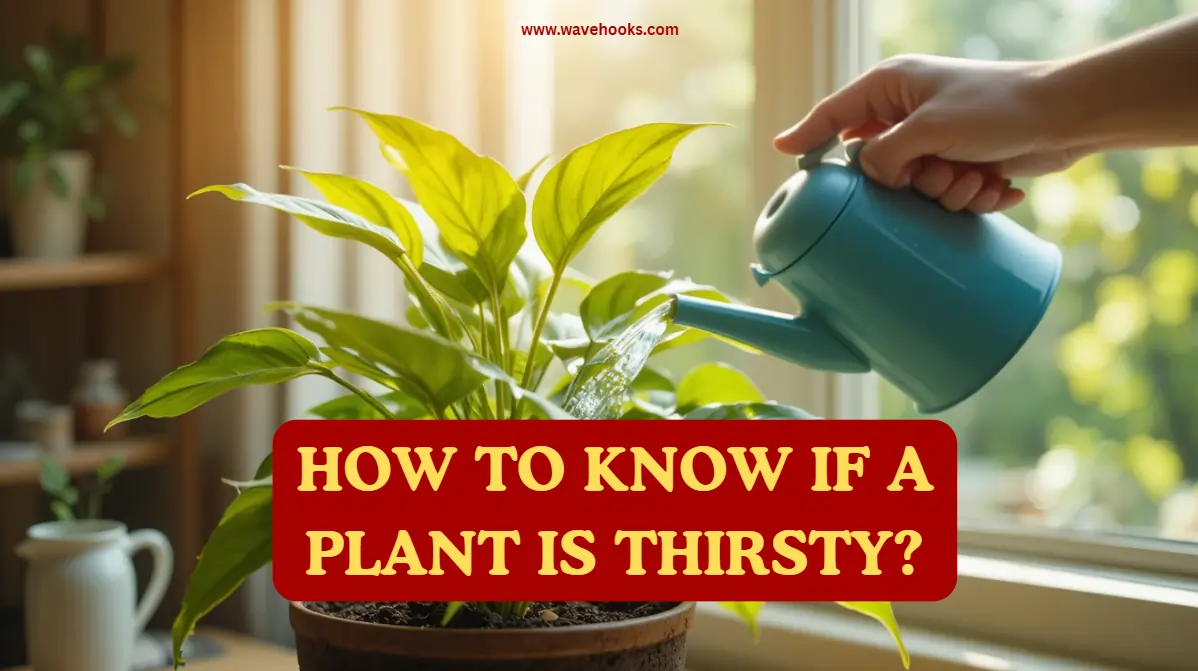Have you ever stared at a drooping plant and wondered, “What are you trying to tell me?”
Learning how to know if a plant is thirsty is like decoding a quiet language of leaves, soil, and sunlight.
I remember my first monstera. She wilted dramatically every Friday until I realized it wasn’t sadness, it was thirst.
Whether it’s summer heat or winter chill, your plants constantly send signals. You just have to learn how to listen.
This guide will help you recognize thirst in your plants through every season and build confidence as a plant parent, one droplet at a time.
Understanding Your Plant’s Water Needs
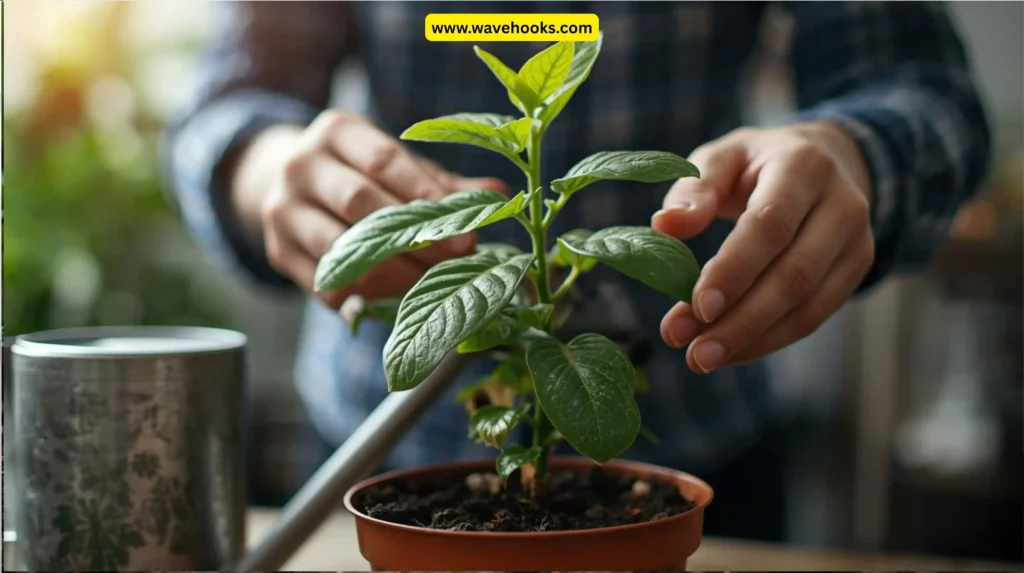
Just like people, every plant’s thirst depends on lifestyle, environment, and routine.
Knowing how to know if a plant is thirsty starts with understanding its roots. Water keeps plants upright, fuels photosynthesis, and transports nutrients.
But here’s a fact: over 80% of houseplant issues come from incorrect watering.
Take my friend Mira, for example. She watered her succulents daily, thinking love meant moisture.
Instead, she drowned them. Once she learned to check the soil’s top inch first, her plants bounced back vibrant and grateful.
Pro tip: Water is not a schedule, it’s a response. Your plant’s signals matter more than your calendar.
Suggested Read: 30 Best Plants To Keep In A Bathroom Without A Window Care!
Differences Between Overwatering and Underwatering
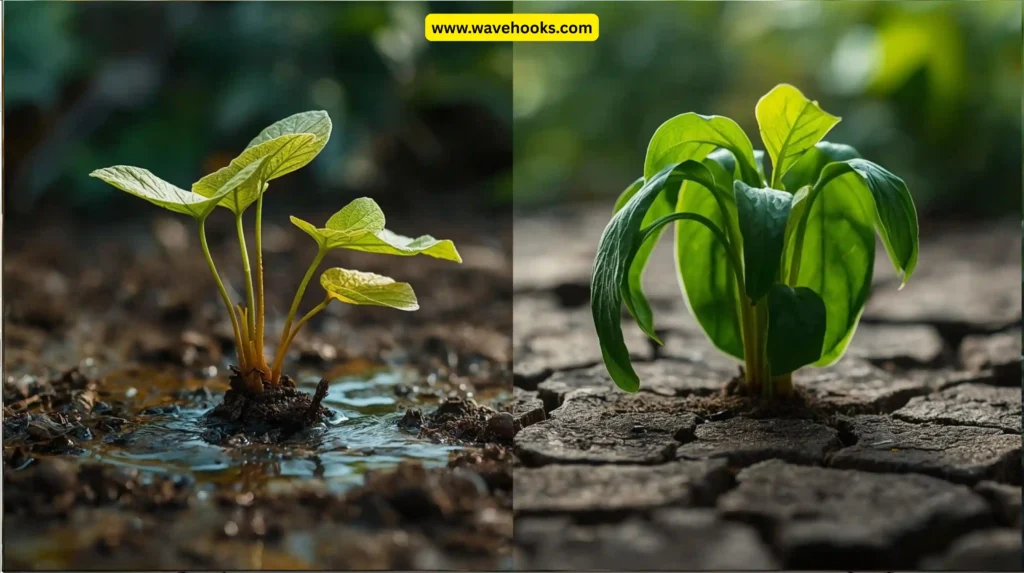
Every plant parent faces the same dilemma: “Am I watering too much or not enough?”
Understanding the difference between overwatering and underwatering is at the heart of mastering how to know if a plant is thirsty.
Both cause similar symptoms, but the reasons and the remedies couldn’t be more different.
What Happens When You Overwater
Overwatering is one of the most common mistakes, a slow, quiet threat to your plant’s roots. When soil stays soggy for too long, roots can’t breathe.
Oxygen levels drop, and rot sets in. You’ll notice: Mushy or dark roots, A sour, earthy smell, and Yellowing leaves that fall off easily.
I once pampered my fiddle-leaf fig with daily watering, thinking it was thirsty. Within a week, its leaves sagged like wet paper.
The problem wasn’t neglect, but it was overcare. Learning how to know if a plant is thirsty saved it.
What Happens When You Underwater
Underwatering happens quietly, when life gets busy or the weather turns warm. Soil turns dry and cracked, and your plant goes into survival mode.
Signs of underwatering include: Crispy or curling leaf edges, Soil pulling away from the pot’s edges, and Droopy, faded leaves.
I learned this lesson one summer when my spider plant went weeks without water.
The once-lush leaves turned papery and brittle. A deep soak brought it back to life, proving that plants forgive quickly when we pay attention.
Suggested Read: 20 Easy Plants For Apartment Balcony You’ll Actually Love!
How to Tell the Difference
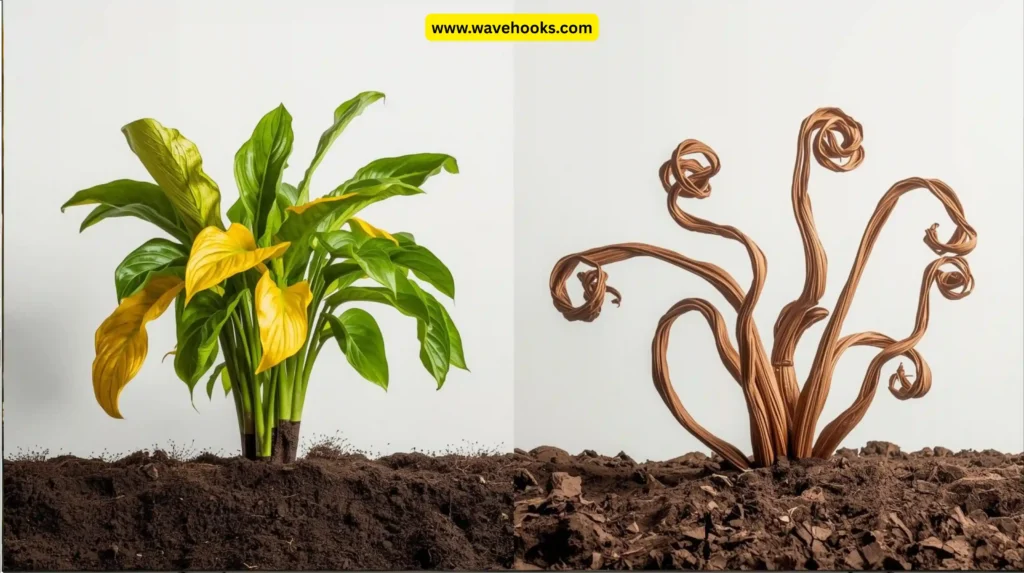
When in doubt about how to know if a plant is thirsty, start with your senses.
Here’s a simple guide:
- Overwatered Plant soil texture is wet and heavy, but the underwatered Plant looks compact, Dry, crumbly, dusty.
- The leaf of the overwater feels Soft, limp, and yellow. Undrewater leaf feels crisp, brittle, and curled.
- Overwatered plant root Color changes to brown and mushy. Underwater plant roots change to pale and dry.
- An overwatered plant smells mushy. Underwater plant smells sour.
If your soil feels wet but leaves droop, it’s overwatered. If it’s bone dry and brittle, your plant is simply thirsty.
Quick Recovery Tips
Here are some tips for Overwatered Plants:
- Remove from the pot and check the roots.
- Trim any soft or blackened areas.
- Replant in dry, well-draining soil.
- Water only when the top inch feels dry again.
Here are some tips for underwatered plants:
- Water slowly and evenly until soil feels moist.
- Mist the leaves to rehydrate gently.
- Move out of direct heat for a day or two.
- Build a consistent schedule afterward.
Both situations teach patience. How to know if a plant is thirsty is less about rules and more about rhythm, a steady awareness of your plant’s signals.
When you learn to listen, you’ll never overdo or underdo again.
Suggested Read: Do You Need Nutrients After Repotting A Indoor Plants? 10 Facts!
How Environmental Factors Affect Plant Thirst
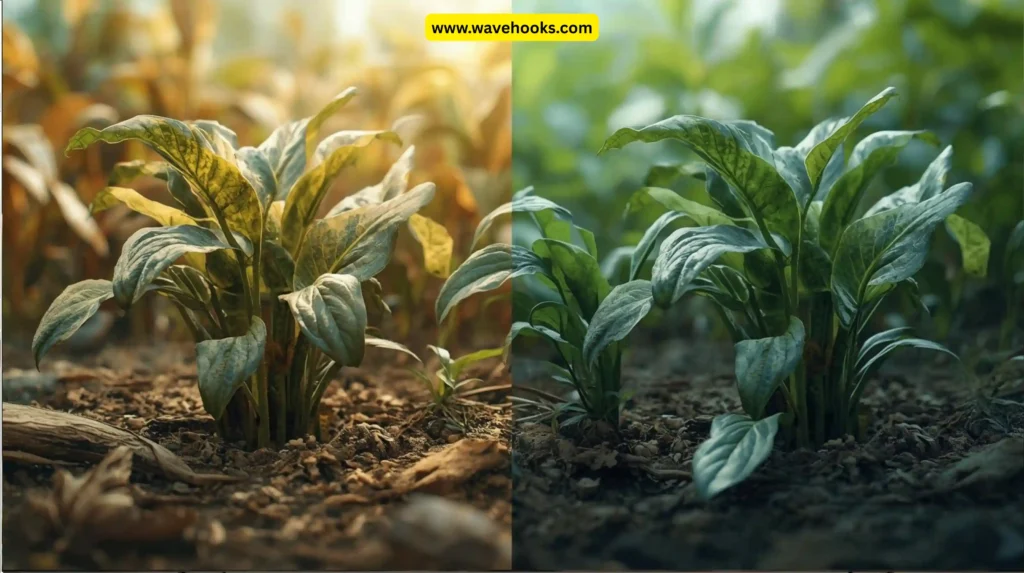
Every plant lives in its own little climate. By sunlight, humidity, and soil.
Once you learn how to know if a plant is thirsty, you realize thirst isn’t just about time, but it’s about conditions.
Here’s the truth:
1. Light: The more sun your plant gets, the faster the soil dries. A sunny windowsill plant may crave water twice as often as one in the shade.
2. Humidity: When indoor air dips below 40%, plants lose moisture faster. That’s why winter’s dry heat leaves ferns begging for mist.
3. Soil Type: Sandy soil drains quickly, leaving roots gasping. Clay holds water too long, sometimes drowning them. The balance lies in finding the right mix.
4. Pot Material: Terracotta lets water escape naturally. Plastic, however, traps moisture longer, which can be a silent overwatering trap.
The change wasn’t in the plant, but it was in the environment. That’s the essence of how to know if a plant is thirsty.
Your plant’s thirst changes as its surroundings do, and your attention makes all the difference.
Suggested Read: Indoor Evergreen House Plants: 30 Stunning Picks You’ll Love!
When to Adjust Your Watering Routine
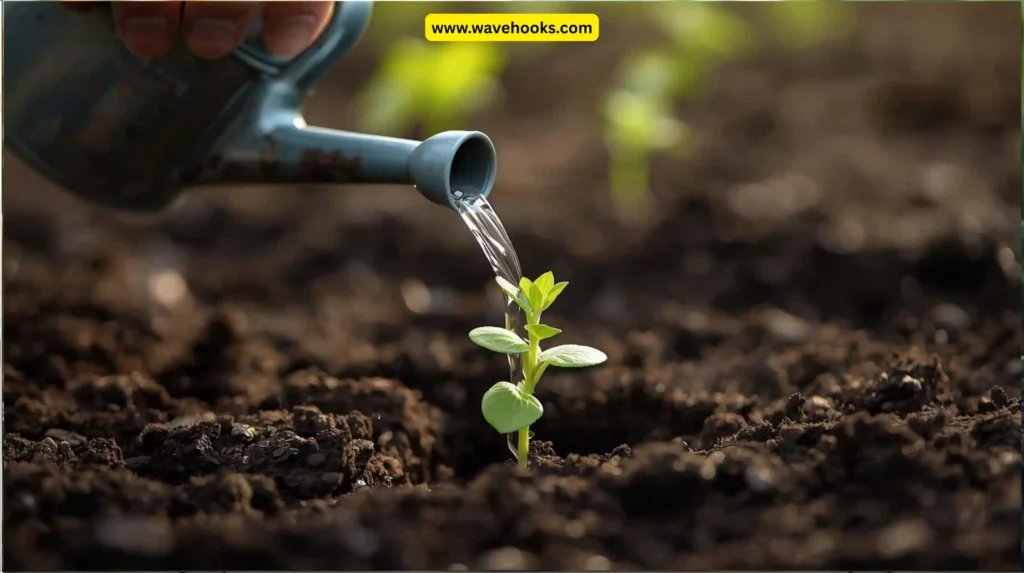
You may think you’ve figured out how to know if a plant is thirsty, but your plant will tell you it’s time for an adjustment. You have to listen.
Slower growth, yellowing leaves, or unexpected wilting are quite signs. Here’s when to take a step back and rethink:
1. When seasons shift – summer heat demands more water, while winter brings rest and restraint.
2. When soil or pots change, new textures hold or release water differently.
3. When growth speed changes — active sprouting means more thirst, idleness means less.
4. When the weather swings — sudden heat waves or chilly drafts affect evaporation.
The golden rule? Observe, don’t assume. Once you learn how to know if a plant is thirsty, watering stops being routine, but it becomes responsive.
It’s not about rules, it’s about relationships. And when you water with awareness, your plants return the love with lush leaves, vibrant blooms, and quiet gratitude.
Tips for a Consistent Watering Schedule
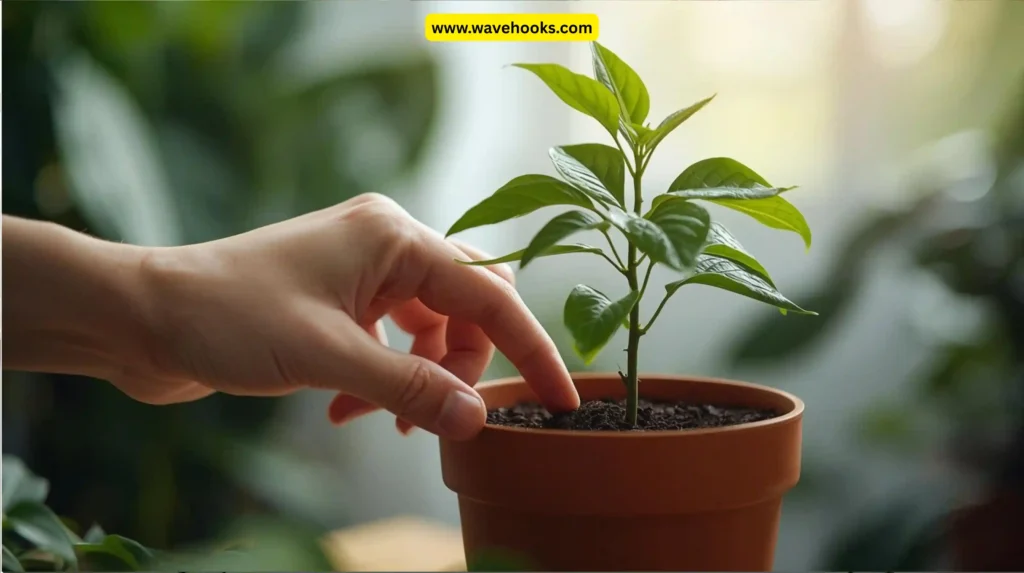
Once you understand how to know if a plant is thirsty, watering becomes less of a task and more of a rhythm, like a soft dance between you and your plant.
1. Start with what I call the “3-Check Method.”
Finger Test: Gently press your finger one inch into the soil. Feel that dryness? Your plant’s roots are calling out for moisture.
Pot Lift: Notice how the pot feels in your hands. A lighter pot says, “I’m thirsty.” A heavier one says, “I’m full.”
Leaf Watch: Watch the leaves not just for color but for texture. Dull, limp leaves are silent storytellers of dehydration.
You can use reminder apps like Planta or Wateria, but no digital timer replaces intuition.
Once you get in tune with how to know if a plant is thirsty, it feels less like maintenance and more like a connection.
You begin watering with intention, not obligation, and that changes everything.
Suggested Read: 40+ Rare Types Of Snake Plants That Wow Instantly!
Seasonal Signs: How to Know If a Plant Is Thirsty
Every season changes how plants absorb and lose water. Understanding these cycles helps you respond intuitively.
Let’s explore how to know if a plant is thirsty through spring, summer, autumn, and winter:
1. Spring: Growth and Renewal
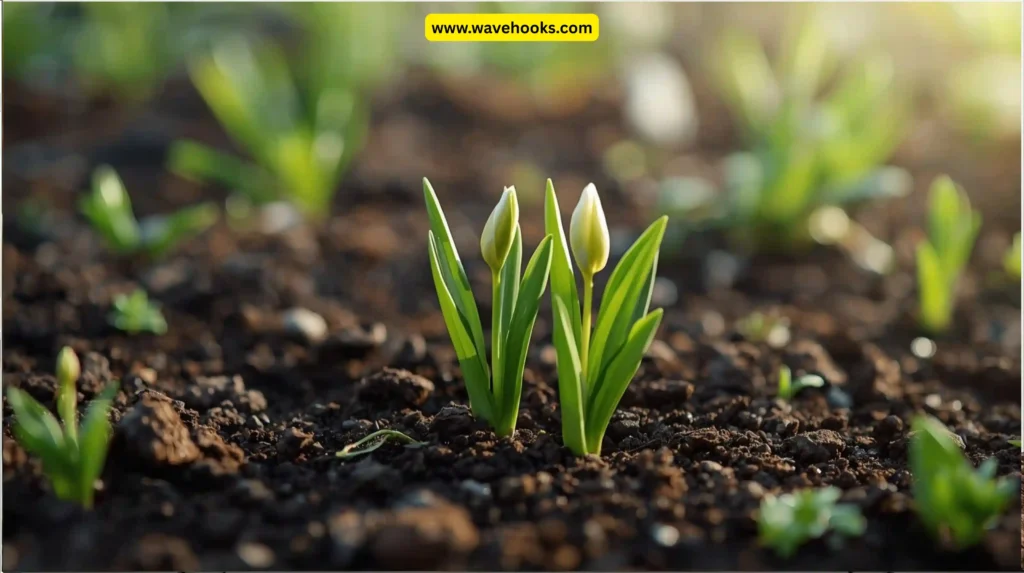
Here are some signs you need to check to know if a plant is thirsty:
1. Check the new leaf firmness
When your plant starts pushing new leaves, touch them gently. If they feel soft, limp, or easily bend, it’s a clear thirst signal. In spring, roots reawaken, demanding steady hydration. My basil shrinks every March afternoon but perks up within an hour after watering, her way of whispering, “Thank you.”
2. Feel the soil, not just see it
Spring soil can mislead your eyes. The top may look dry while the bottom stays damp. Stick a finger one inch deep. If it’s dry, water. I once lost a philodendron because I trusted my eyes, not my touch. Hands-on checking always reveals a plant’s real thirst.
3. Watch the sunlight expansion
Days grow longer in spring, and sunlight stretches hours. More light means faster evaporation. I learned this after my spider plant wilted even with weekly watering. By shifting to twice a week as light hours increased, its leaves regained. Plants mirror sunlight when days lengthen, they drink more.
4. Track post-rain humidity
Rain makes us assume plants are hydrated, but indoor humidity often drops right after. My indoor palms curled one April because the post-rain air turned dry. A quick humidity check below 40% told me it wasn’t soil but air thirst. Misting or pebble trays restore that lost moisture balance.
5. Observe leaf glow
Healthy spring leaves glow beautifully. When they dull or feel rough, it’s a thirst cry. My peace lily’s leaves lose shine first, not droop. After watering, the glow returns within hours. That shine isn’t just beauty, but it’s the plant’s way of showing content hydration.
Suggested Read: 15 Best Indoor Plants For Asthma And Allergies: Try Now!
2. Summer: The Season of Thirst
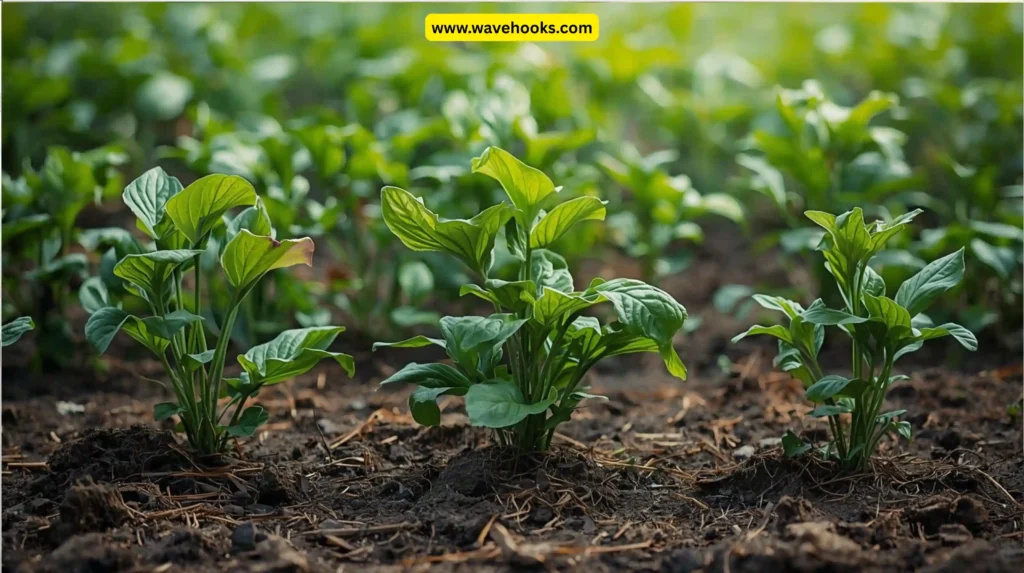
Here are some signs you need to check to know if a plant is thirsty:
6. Lift the pot test.
In peak summer, the soil dries quickly. One foolproof way to know if a plant is thirsty is to lift its pot. If it feels unusually light, water immediately. My balcony mint once collapsed mid-June. Lifting revealed the soil was dust-dry. A deep soak revived it within hours.
7. Watch for midday droop
Leaves drooping at noon may be heat defense. But if they remain droopy by evening, it’s thirst, not stress. My money plant does this every May. A quick morning drink revives it before sunset. Plants communicate through posture, learn their rhythm, and you’ll never water blindly again.
8. Add mulch to reduce loss
Mulching your potted plants with coconut husk or bark chips keeps moisture longer. Studies show mulch reduces water loss by 30–50% in high heat. My outdoor hibiscus once burned under dry soil adding mulch made it bloom nonstop through July. Mulch is summer’s hydration armor.
9. Water before sunrise
Early watering helps plants absorb before the sun evaporates it. Watering after 10 a.m. can waste up to 40% through evaporation. I call it the breakfast routine every morning. I hydrate my balcony garden at dawn. The difference? Fresher, firmer leaves all day long.
10. Look for crispy edges.
Crispy brown leaf tips signal dehydration. But avoid panic overwatering. Instead, trim burnt tips, water gradually, and improve humidity. My pothos turned crisp after a hot spell. A misting and measured watering fixed it in days. Always hydrate gently after dryness. Roots dislike shocks.
Suggested Read: 15 Indoor Plants That Keep Roaches Away: The Ultimate Fix!
3. Autumn: The Gentle Transition
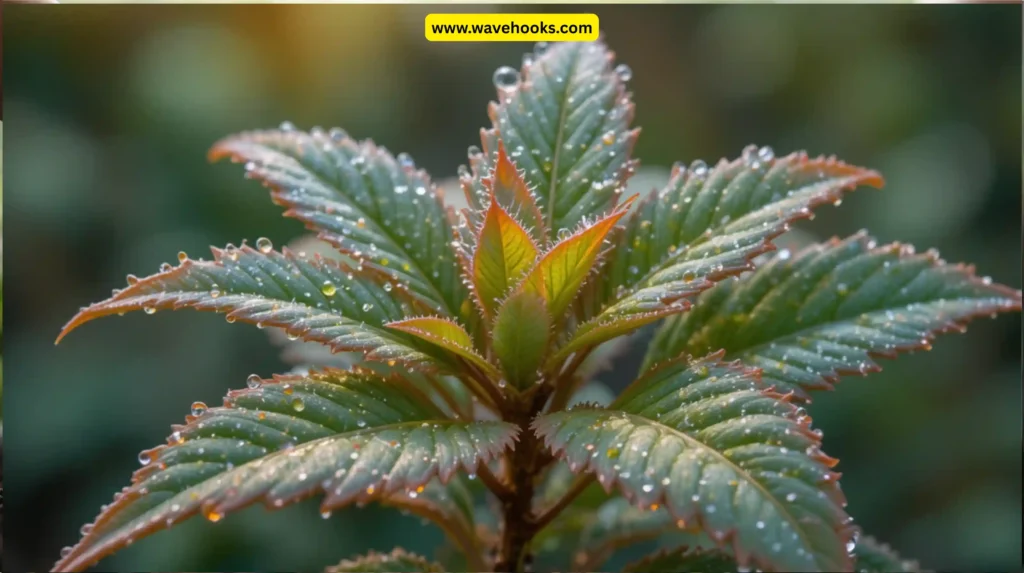
Here are some signs you need to check to know if a plant is thirsty:
11. Track reduced daylight
Fewer daylight hours mean slower soil evaporation. During autumn, I cut watering by 25%. My jade plant used to drop leaves in October until I adjusted the frequency. As plants prepare for dormancy, they drink less, and knowing how to know if a plant is thirsty prevents rot later.
12. Feel the pot temperature
Cooler weather means pots retain moisture longer. Touch the pot’s base. If it’s cold and damp, skip watering. I discovered this trick after overwatering my ZZ plant last fall. Clay pots, especially, hold chill. They whisper enough when touched.
13. Observe color fading
Not all fading means nutrient loss. Sometimes it’s thirst. My calathea’s purple leaves pale first when dehydrated. A light watering restores their hue overnight. Autumn’s fluctuating temperature can mislead, but dull color often means thirst before damage sets in. Listen to what fading says.
14. Hydrate before moving indoors
Before relocating outdoor plants inside, give them a moderate drink. Moist soil cushions root shock from reduced light. My marigolds transitioned easily last October after pre-move watering. Skip this, and your plants might droop within days of shifting inside.
15. Dust and clean leaves
Dust blocks light and reduces leaf moisture absorption. Every fall, I wipe my plants with a soft, damp cloth. It hydrates and reopens their pores. My rubber plant shines like polished jade after this ritual, a simple yet powerful hydration hack.
Suggested Read: Do House Plants Attract Bugs? The Surprising Truth Revealed!
4. Winter: The Quiet Rest
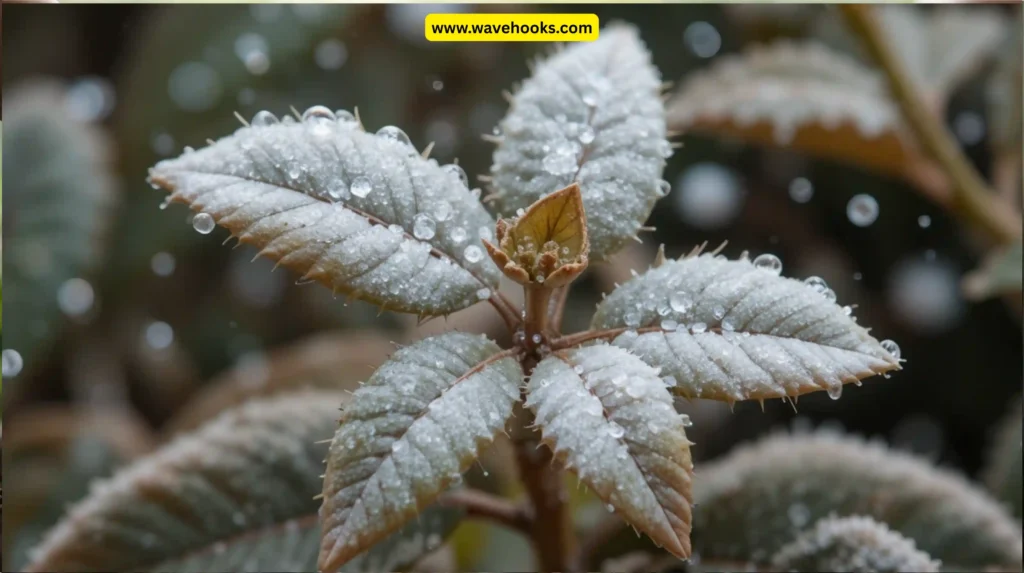
Here are some signs you need to check to know if a plant is thirsty:
16. Check the soil every 10 days
Winter thirst works slowly. Overwatering is common when growth stalls. I set reminders every 10 days to test soil moisture. My peace lily stays healthy when I wait for the top 2 inches to dry. Patience, not excess, keeps roots alive during cold months.
17. Use lukewarm water
Cold water shocks roots and halts absorption. During winter, always use lukewarm water. I started this with my ferns after noticing sudden drooping post-watering. The warmth simulates mild rain, improving uptake. It’s comforting for your plants like a cozy winter drink.
18. Mind heater placement
Heaters dry indoor air drastically. Keep plants at least 2–3 feet away, and use pebble trays for humidity. My snake plant near the radiator shriveled one December. Moving it and adding a tray revived its leaves. Warmth helps us, but it can silently parch them.
19. Watch for crisp edges
In winter, crisp edges usually mean dry air, not dry soil. My pothos showed this when the heater ran daily. A morning mist fixed it, while evening mist caused fungus. Timing matters: hydrate the air, not the soil, when humidity drops below 35%.
20. Respect dormancy
Most houseplants rest in winter. Forcing water causes rot. Wait until the top 2 inches are dry before watering. My monstera drinks half its summer amount in January. Think of it as the plant’s sleep cycle. It dreams better when not disturbed.
Suggested Read: How To Get Rid Of Gnats In Plants: 15 Must-Try Hacks!
Conclusion
Learning how to know if a plant is thirsty isn’t a skill, but it’s a connection. Plants talk through texture, tone, and tilt. The more you notice, the better you understand.
So next time your green friend droops or dulls, pause before watering. Touch the soil, feel the air, and trust your instinct. That’s where thriving begins.
Ready to grow greener, happier plants? Start observing today, your plants are waiting to be understood.
FAQs: how to know if a plant is thirsty
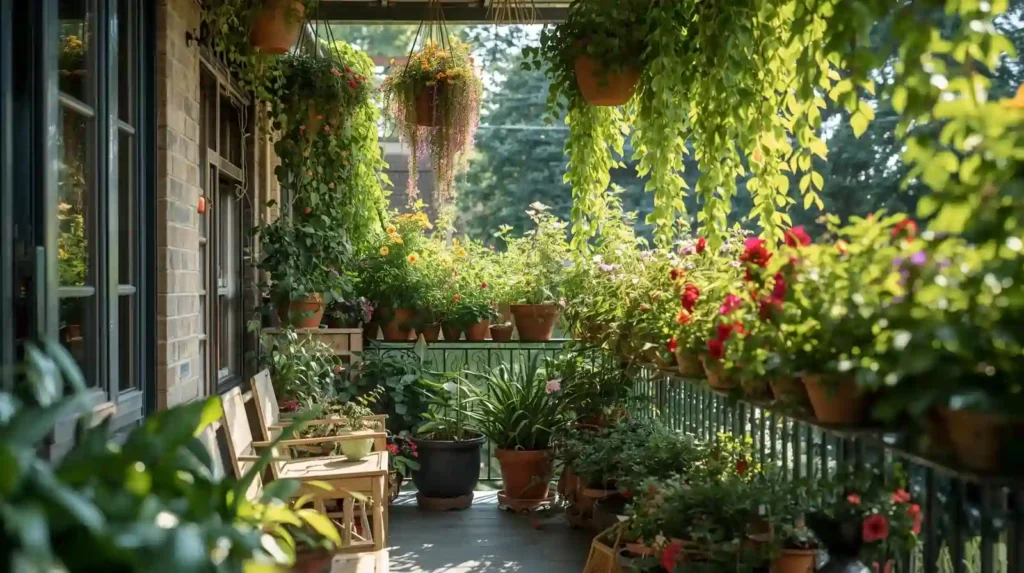
1. How often should I water indoor plants in winter?
In winter, most plants drink less. Check soil moisture every 10–12 days. Only water when the top 2 inches are dry. Overwatering during cold seasons can cause root rot.
2. How to know if a plant is thirsty during summer heat?
Lift the pot if it feels light and leaves droop even in the evening, it’s thirsty. Water early in the morning for better absorption before evaporation peaks.
3. Can sunlight affect how thirsty plants get?
Yes. Direct sunlight increases evaporation. South-facing plants dry out nearly twice as fast as those in partial shade. Adjust watering accordingly.
4. Why do my plant leaves turn yellow even when I water regularly?
That’s a classic overwatering sign. Remember, wet doesn’t always mean hydrated. Allow proper drainage, and always check soil moisture before watering.
5. What are the best tools to check if my plant needs water?
Use a soil moisture meter, or simply your finger. Some apps and smart pots track water retention. But your senses like sight, touch, and weight remain the best tools.
6. How does humidity affect plant thirst in monsoon or winter?
High humidity, like during the monsoon, reduces thirst. Low humidity, like winter indoors, increases it. Mist or use pebble trays to maintain 40–60% humidity levels.

